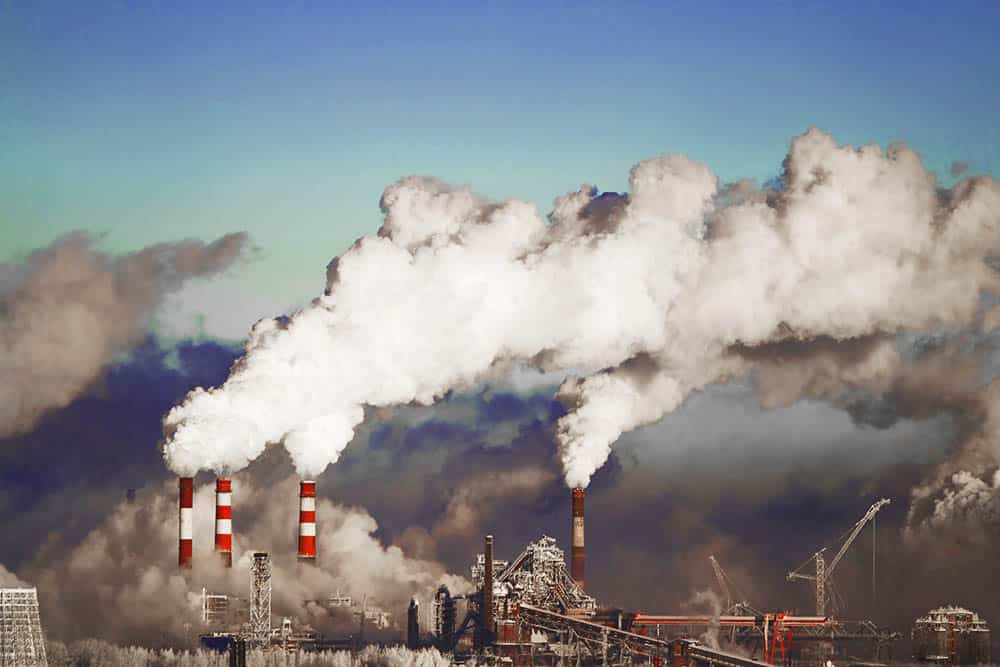Air pollution is a pressing issue that has garnered significant attention in recent years. Often referred to as an invisible killer, it poses a significant threat to human health, environmental sustainability, and the overall well-being of our planet. In this article, we will delve deep into the causes, consequences, and potential solutions to combat air pollution, unmasking the truth behind this environmental crisis.
The Causes: Unveiling the Culprits
There are several sources of air pollution, each contributing to the worrisome levels we observe today. Industrial activities, transportation emissions, agricultural practices, and household energy consumption are among the primary culprits.
Industrial activities: Factories and power plants emit pollutants such as nitrogen oxides, sulfur dioxide, and particulate matter that contaminate the air we breathe. These toxic substances have detrimental effects on human health, leading to respiratory diseases, cardiovascular problems, and even premature death.
Transportation emissions: The combustion of fossil fuels in vehicles releases pollutants, including carbon monoxide, nitrogen oxides, and volatile organic compounds. As the number of cars on the roads continues to grow, so does the concentration of these harmful substances in the air.
Agricultural practices: The use of fertilizers and pesticides in agriculture contributes to air pollution. These chemicals, when released into the atmosphere, react with other pollutants and create secondary pollutants such as ground-level ozone, which is harmful to both human health and vegetation.
Household energy consumption: In many regions, especially in developing countries, households heavily rely on solid fuels such as coal and biomass for cooking and heating. The combustion of these fuels releases pollutants, resulting in indoor air pollution and outdoor smog.
The Consequences: Unveiling the Impact
The consequences of air pollution are far-reaching and affect various aspects of our lives.
Health impacts: Scientific studies have established a strong link between air pollution and various health problems. Fine particulate matter, commonly known as PM2.5, penetrates deeply into the respiratory system, causing respiratory diseases, asthma, and lung cancer. Additionally, air pollution increases the risk of cardiovascular diseases and can lead to developmental problems in children.
Environmental degradation: Air pollution does not only harm human health but also wreaks havoc on the environment. High concentrations of pollutants can lead to acid rain, resulting in the acidification of lakes, rivers, and forests. Moreover, air pollutants damage ecosystems, reduce crop yields, and contribute to climate change by enhancing the greenhouse effect.
Socioeconomic implications: The economic burden of air pollution is significant. Healthcare costs associated with treating air pollution-related illnesses, lost productivity due to sickness, and damage to infrastructure all have a substantial monetary impact on society. Furthermore, areas with severe air pollution often experience a decline in tourism and investment opportunities.
The Solutions: Clearing the Haze
Tackling air pollution requires a multi-faceted approach involving governments, industries, communities, and individuals. Here are some potential solutions to combat this environmental crisis:
Transition to clean energy sources: Shifting from fossil fuels to renewable energy sources, such as solar and wind power, can significantly reduce emissions from power plants and other industrial activities. Additionally, promoting electric vehicles and investing in public transportation can help mitigate transportation-related emissions.
Implementing stricter regulations: Governments must enforce stricter emissions standards and regulations on industries. This can involve setting emission limits, improving monitoring systems, and imposing penalties for non-compliance. Additionally, incentivizing cleaner production technologies can encourage industries to adopt more sustainable practices.
Adopting sustainable agricultural practices: Reducing the use of chemical fertilizers and promoting organic farming methods can help minimize the release of air pollutants from agricultural activities. Furthermore, implementing precision farming techniques can optimize resource usage and minimize environmental impact.
Education and awareness: Raising public awareness about the dangers of air pollution and its consequences is crucial. Promoting behavioral changes, such as reducing car usage, increasing recycling efforts, and adopting energy-efficient practices at home, can play a significant role in improving air quality.
Important Information to Consider
While addressing air pollution is imperative, it is essential to consider the social and economic disparities in its impact and solutions. Developing countries, where the majority of the population lacks access to clean energy and proper healthcare, bear the brunt of air pollution’s adverse effects. International cooperation, financial assistance, and technology transfers must be prioritized to ensure a more equitable and sustainable global response.
Summary
Air pollution is an urgent environmental issue that demands immediate attention. Unmasking the truth behind air pollution reveals its causes, consequences, and potential solutions. Industrial activities, transportation emissions, agricultural practices, and household energy consumption are the primary sources of air pollution. The consequences include health problems, environmental degradation, and socioeconomic implications. To combat air pollution, transitioning to clean energy, implementing stricter regulations, adopting sustainable agriculture, and promoting awareness are vital. However, it is crucial to address air pollution’s impact on vulnerable communities and ensure a more equitable and sustainable approach to solving this pressing issue.
- Unleashing the Power of Progress: Crafting an Astounding Growth Strategy - 17 de agosto de 2023
- Evolution Unleashed: Unlocking the Power of Iteration - 17 de agosto de 2023
- Unleashing Unlimited Potential: The Power of Scalability - 17 de agosto de 2023




